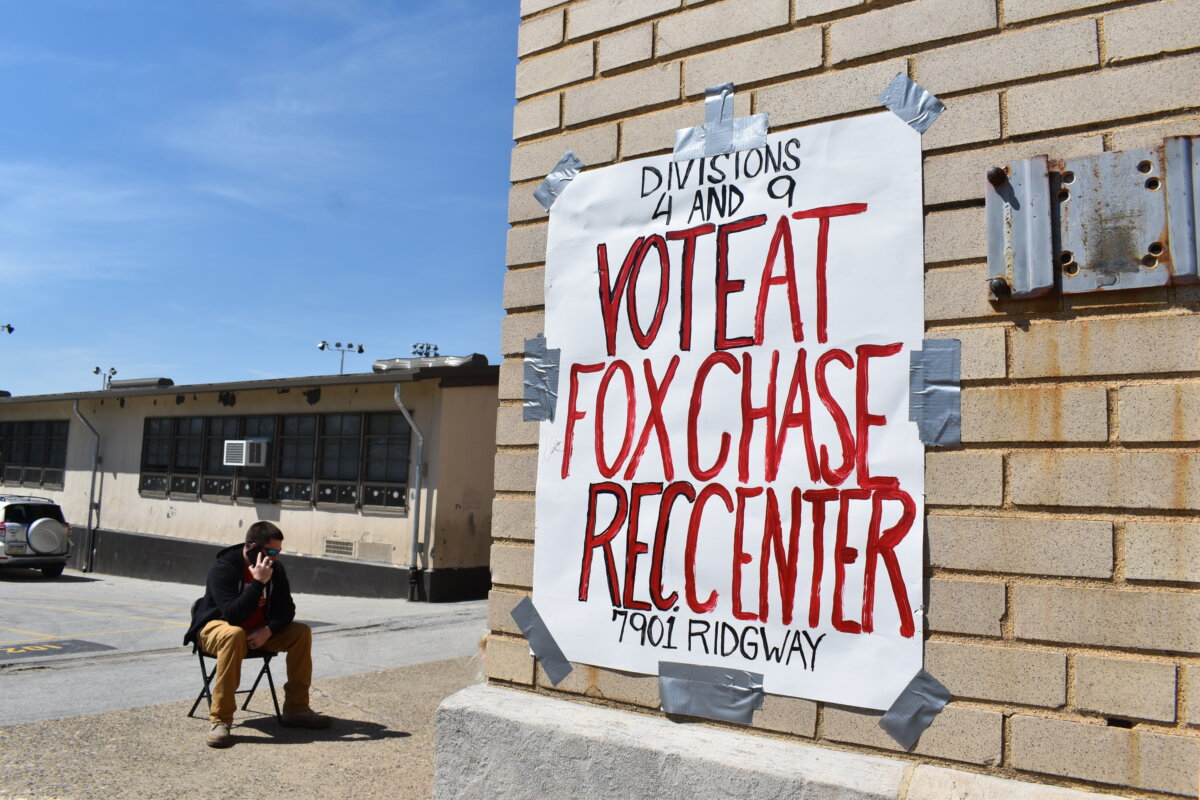Last week I wrote of how Toronto is becoming a condo “Mecca,” and with 80 per cent of all high-rise condo sales in the GTA currently concentrated in the City of Toronto, it’s no wonder.
For all the condo action in the Toronto, the condo market is rapidly emerging in the 905 regions and, thanks to provincial policy, high-rise development will represent an increasing share of the suburban development mix in the years to come.
At the present time, Markham and Mississauga represent the two most active high-rise markets outside the Greater Toronto Area. It’s hard to believe that Mississauga, the municipal poster-child for sprawl, is rapidly becoming the next City of Toronto as far as intensification is concerned, but it’s true. Look no further than the 15 high-rise, 12 mid-rise Parkside Village master-planned community by Amacon in the Mississauga City Centre for evidence of the new 905 reality.
While low-rise development in Peel Region is now concentrated in Brampton, and to a lesser extent, Caledon, we are also seeing cool condo projects like Blade right at the GO station in Brampton and its success will beget further high-rise development in Peel.
As for Markham, the World on Yonge mixed-use redevelopment project by Liberty Development is perched right on the 416 border at Yonge and Steeles. Meanwhile, the Downtown Markham community by the Remington Group is made up of 4,000 mid- and high-rise condo units with nary a single-detached home in the entire development.
All along Highway 7, builders like Liberty, Times and Tridel are building high-rise communities. According to Markham Mayor Frank Scarpitti, the pending Langstaff Gateway master plan will be the “poster child” for intensification.
Looking ahead, we can expect to see much more high-rise development in York Region, particularly in Vaughan once the Spadina subway extensions pushes north to York University and beyond.
There’s no question in my mind that within a few short years, the current 80-20 split in high-rise housing between the 416 and 905 area codes is going to be 60-40, not just because provincial policy dictates it, but because of changing demographics, shifting consumer preferences and the relative affordability.
– Stephen Dupuis is president and CEO of the Building Industry and Land Development Association (BILD). He can be reached at president@bildgta.ca.


















